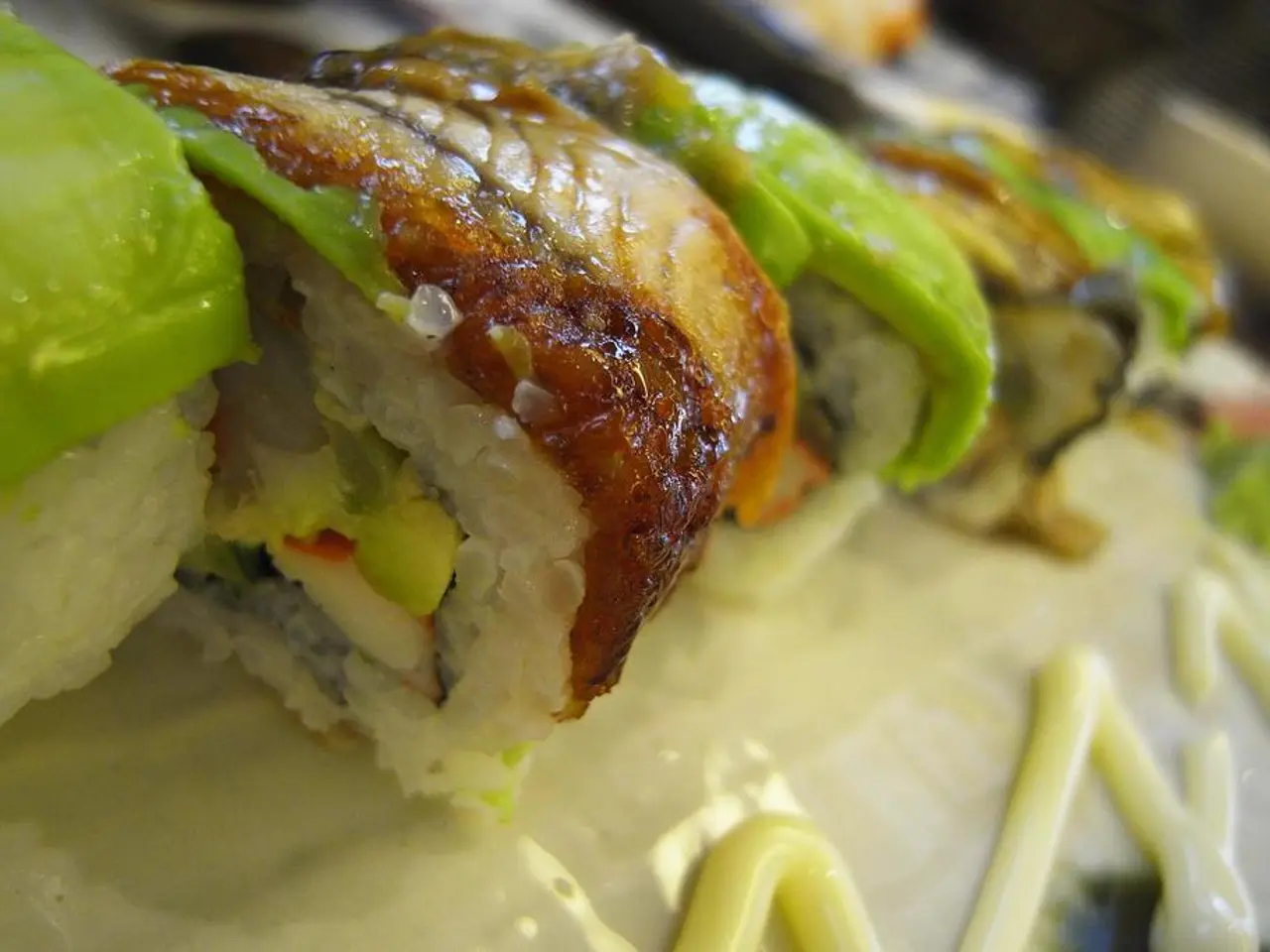Trump's proposed 50% tariffs pose a significant threat to $60 billion worth of Indian exports and countless jobs within the nation.
The US tariff regime, announced by President Donald Trump, has imposed a 50% duty on Indian goods, affecting several key sectors in India. The sectors most affected include textiles and apparel, gems and jewellery, auto parts, and agricultural products such as seafood.
In the textiles and apparel sector, a key MSME-dominated industry, India faces reduced competitiveness against countries like Vietnam and Bangladesh, where tariffs are much lower. The textile industry has proposed removing India's 11% raw cotton import duty as a bargaining chip to secure better access.
The high-value gems and jewellery sector is under significant pressure due to the increased tariff, which raises costs for US consumers and reduces demand. Gems and jewellery exports, worth USD 11.9 billion, face similar challenges against suppliers such as Turkey, Vietnam, and Thailand.
Auto parts, which constitute 3% of India's exports to the US, are also vulnerable. US manufacturers or assemblers using Indian auto parts will face increased input costs, potentially shifting sourcing to cheaper alternatives elsewhere.
India exports about ₹60,000 crore worth of seafood, mainly shrimps, to the US. The 50% tariff threatens to reduce this by ₹24,000 crore, as competitors like Ecuador and Indonesia benefit from lower duties.
The US is indirectly affected as consumers and companies face higher costs and less variety in these product categories, potentially disrupting supply chains and industrial inputs. Competing export countries like Vietnam, Ecuador, Indonesia, Bangladesh, and Brazil are likely to benefit from displaced Indian exports in the US market due to their lower tariff rates.
Indian exports to the US represent $87 billion or about 2.5% of India’s GDP. The tariff hike is forecast to reduce India’s GDP growth by 0.2–0.5% and could lead to a $4–5 billion drop specifically in engineering exports, with knock-on effects in textiles and other sectors.
The Indian government is focusing on sector-specific interventions and support, especially for MSMEs and export-oriented clusters, to cushion the impact. Ongoing trade tensions are partly linked to geopolitical factors, including India’s Russian oil imports and BRICS alignment, which complicate tariff negotiations.
In summary, the US tariffs heavily impact Indian textiles and apparel, gems and jewellery, auto parts, and seafood exports, with the US and competing exporting countries also affected by altered trade dynamics and price structures resulting from the 50% duty increase. The Indian government is actively seeking measures to mitigate the fallout amid stalled bilateral trade talks.
Sources: [1] ICRIER (2025). Impact of US Tariffs on Indian Exports: A Strategic Response. New Delhi: ICRIER. [2] Ministry of External Affairs (2025). India's Position on US Tariffs. New Delhi: MEA. [3] Government of India (2025). Measures to Support Export-Oriented Industries. New Delhi: GoI. [4] The Economic Times (2025). US Tariffs: Impact on Indian Exports. New Delhi: ET. [5] The Hindustan Times (2025). Indian Exports to US Face 50% Tariffs: What You Need to Know. New Delhi: HT.
- The defi sector, often overlooked, may find an opportunity to growth as traditional sectors struggle due to the increased tariffs, potentially attracting investment and innovation.
- The sport of cricket, being a significant economic driver for India, might encounter challenges due to diminished resources and investments in the textiles sector, as cricket apparel and equipment depend on these industries.
- The mining industry could potentially experience growth as the Indian government seeks to diversify exports and lessen the reliance on the affected sectors, with minerals and ore becoming attractive alternatives for export.








